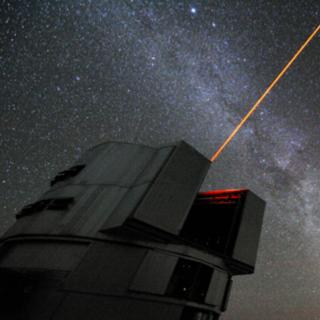Bibcode
Massana, P.; Ruiz-Lara, T.; Noël, N. E. D.; Gallart, C.; Nidever, D. L.; Choi, Y.; Sakowska, J. D.; Besla, G.; Olsen, K. A. G.; Monelli, M.; Dorta, A.; Stringfellow, G. S.; Cassisi, S.; Bernard, E. J.; Zaritsky, D.; Cioni, M. -R. L.; Monachesi, A.; van der Marel, R. P.; de Boer, T. J. L.; Walker, A. R.
Bibliographical reference
Monthly Notices of the Royal Astronomical Society
Advertised on:
6
2022
Citations
57
Refereed citations
50
Description
We use the SMASH survey to obtain unprecedented deep photometry reaching down to the oldest main-sequence turn-offs in the colour-magnitude diagrams (CMDs) of the Small Magellanic Cloud (SMC) and quantitatively derive its star formation history (SFH) using CMD fitting techniques. We identify five distinctive peaks of star formation in the last 3.5 Gyr, at ~3, ~2, ~1.1, ~0.45 Gyr ago, and one presently. We compare these to the SFH of the Large Magellanic Cloud (LMC), finding unequivocal synchronicity, with both galaxies displaying similar periods of enhanced star formation over the past ~3.5 Gyr. The parallelism between their SFHs indicates that tidal interactions between the MCs have recurrently played an important role in their evolution for at least the last ~3.5 Gyr, tidally truncating the SMC and shaping the LMC's spiral arm. We show, for the first time, an SMC-LMC correlated SFH at recent times in which enhancements of star formation are localized in the northern spiral arm of the LMC, and globally across the SMC. These novel findings should be used to constrain not only the orbital history of the MCs but also how star formation should be treated in simulations.
Related projects

Galaxy Evolution in the Local Group
Galaxy formation and evolution is a fundamental Astrophysical problem. Its study requires “travelling back in time”, for which there are two complementary approaches. One is to analyse galaxy properties as a function of red-shift. Our team focuses on the other approach, called “Galactic Archaeology”. It is based on the determination of galaxy
Emma
Fernández Alvar